7 Things You’re Probably Doing Wrong When Clipping Your Dog’s Nails
Even if your dog is mellow about most grooming routines, nail trimming often becomes the exception. Small missteps can build into lasting fear or discomfort and make trims much tougher than they have to be. These common mistakes make the process harder than needed, and often more stressful for both ends of the leash.
Using Tools That Aren’t in Good Shape
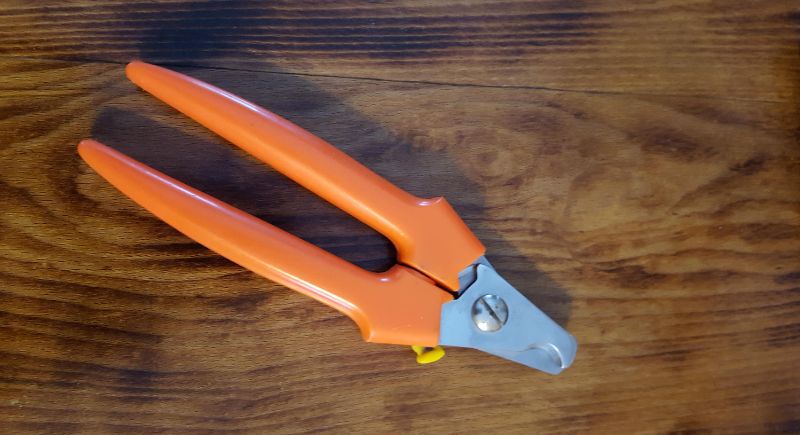
Credit: Reddit
Blades wear down with use, often gradually enough that you don’t notice until it starts causing problems. That noise and extra pressure might not register with you, but it certainly does for the one on the other end of the clip. Grinders wear out too by losing grit and building heat.
Picking the Wrong Type of Clipper
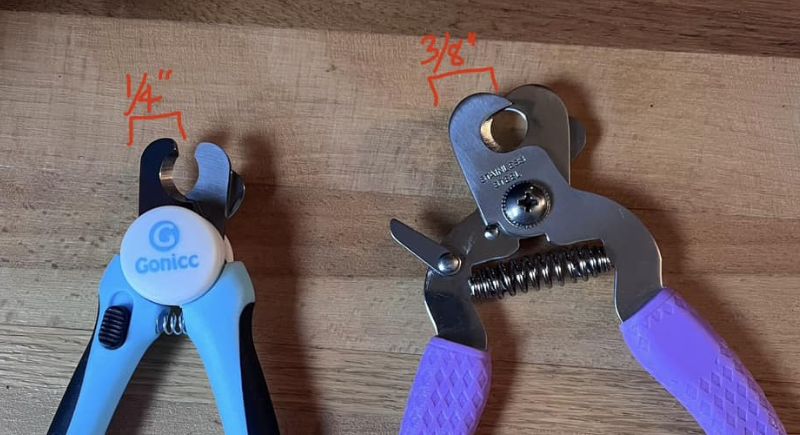
Credit: Facebook
It’s easy to assume all clippers do the same job, but they don’t. Guillotine-style cutters are best for smaller breeds with soft nails. Larger or thicker-nailed dogs do better with scissor-style tools, since they’re stronger, easier to angle, and safer when used properly.
Trimming Infrequently and Expecting Progress
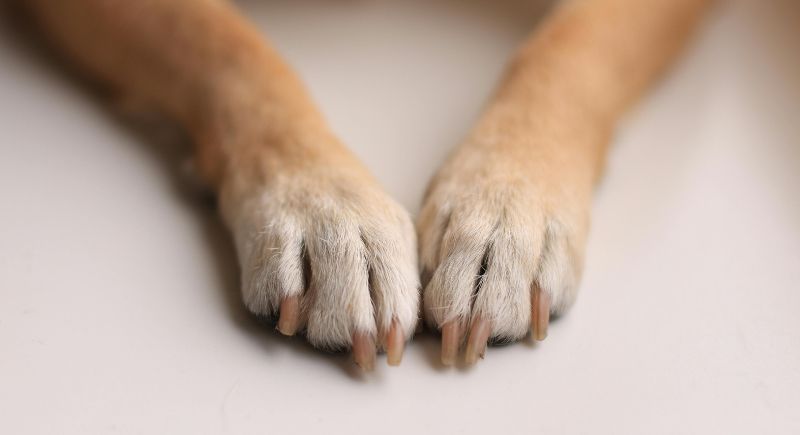
Credit: pexels
Letting too much time pass between trims allows the nail’s quick to grow longer. That makes future sessions riskier and more painful. Frequent trims encourage the quick to pull back over time, which gives you more room to safely shorten the nail.
Not Building Trust
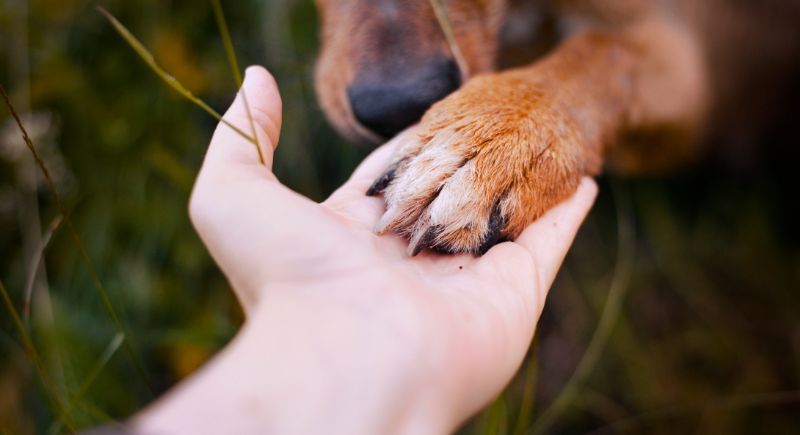
Credit: pexels
Deciding to clip a nail before your pet is used to having their paws held is like jumping into a pool without checking the water. Begin by casually handling their paws during downtime, without any tools and pressure, and reward calmness. Over time, bring out the clipper or grinder without even using it. Remember, slow and steady wins the race.
Leaving It All to the Groomer
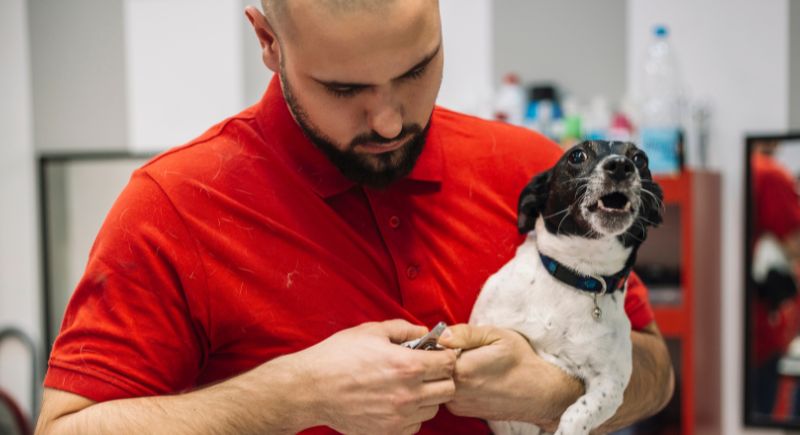
Credit: Getty Images
Outsourcing trims to the groomer might seem easier, but it’s not a full solution. Groomers see your pet maybe once a month, tops. Comfort around paws and trimming tools comes from repetition and familiarity at home. Even if you never actually do the trimming yourself, getting them used to touch at home can make all the difference..
Letting Nails Grow Too Long Before Noticing
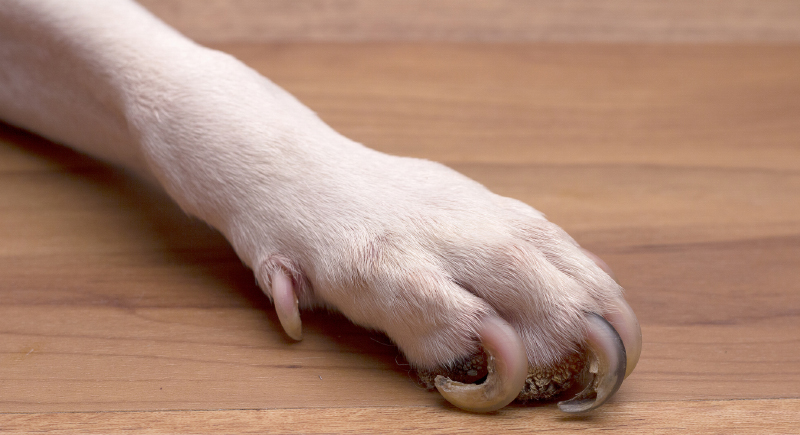
Credit: iStockphoto
By the time you hear tapping across the floor, a grooming session is overdue. Besides being annoying, excessively long nails can throw off balance and subtly change how they move. Some animals don’t show discomfort right away, but the stress adds up. It’s better to keep them just short enough that they don’t touch the ground while standing.
Cutting Too Much in a Single Go
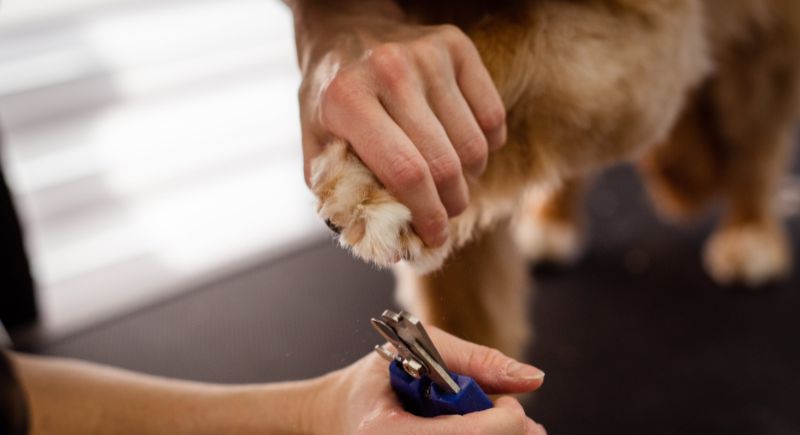
Credit: pexels
Going in deep to finish quickly often backfires. Not only does it raise the risk of hitting the quick, but it can also spook your pet and set back progress. Even experienced owners should stick to gradual cuts—it’s the safest route. You’re aiming to take off just the tip, not slice the whole nail down.
Forcing the Situation
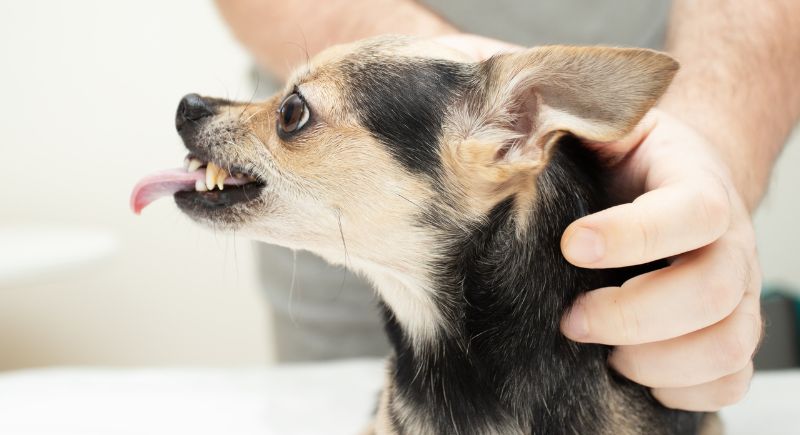
Credit: Getty Images
Trapping, holding, or pinning an animal down for grooming usually leads to panic, not progress. You may manage it once or twice, but forcing it erodes their trust for future trims. A pet that feels they have no choice tends to resist harder each time.
Overlooking the Dewclaws

Credit: Wikimedia Commons
Since they don’t touch the ground, these nails rarely wear off on their own and are easy to overlook. But they grow just like the rest and can curl into the skin if ignored. You may miss them during a quick trim, so it helps to check deliberately and adjust your grip to get a better view.
Trying to Clip Without Enough Light
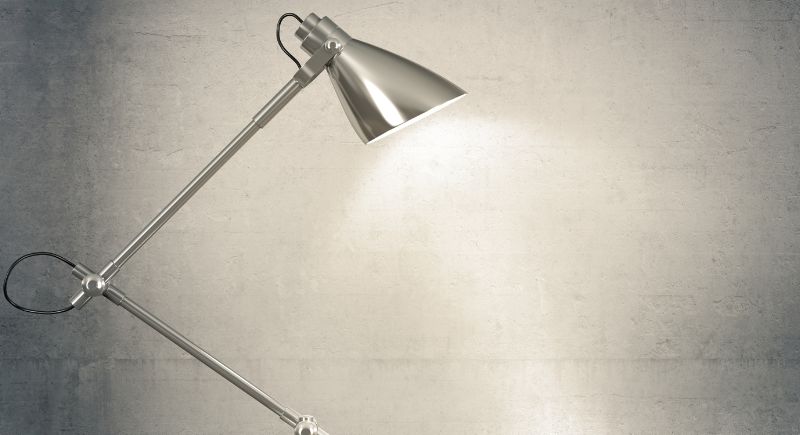
Credit: Canva
If you can’t clearly see where the nail starts to taper, you’re guessing—and that’s not where you want to be with something sharp in hand. This matters especially with darker nails where the quick isn’t visible. A flashlight or natural daylight helps you see where to stop before risking the sensitive inner area.
Pushing Through Too Fast
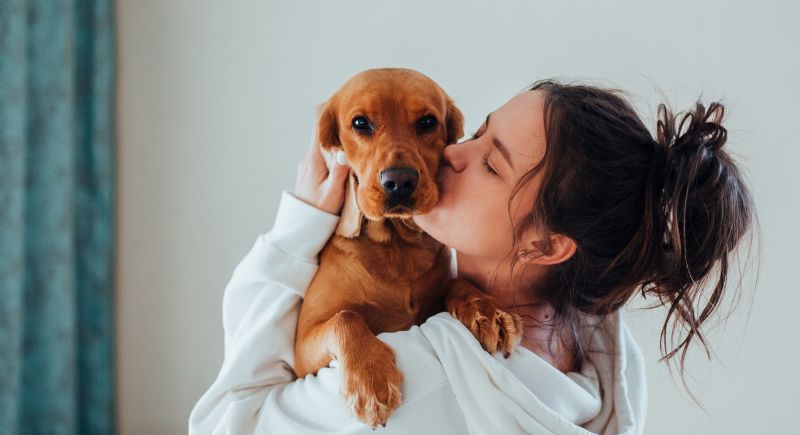
Credit: pexels
Some pets will tolerate a few nails, then squirm. Instead of muscling through, it usually works better to pause or pick it up again later. Trimming one or two at a time might feel slow, but speed only increases the chance of a mistake. The more relaxed they are, the steadier your hand will be.
Skipping Any Kind of Reward
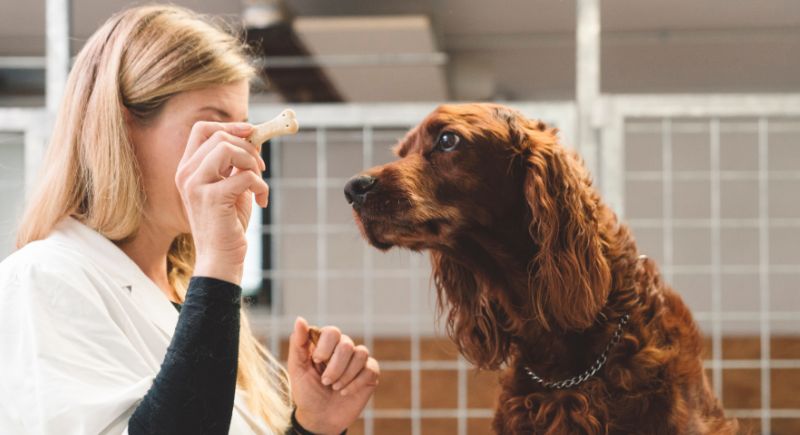
Credit: Getty Images
A lot of pets won’t mind trims nearly as much if there’s something in it for them. You don’t need to throw a party, but a treat after each paw—or even after each nail for nervous animals—goes a long way. It helps shift the experience from unpleasant to manageable.
Leaving Sharp Edges After Clipping
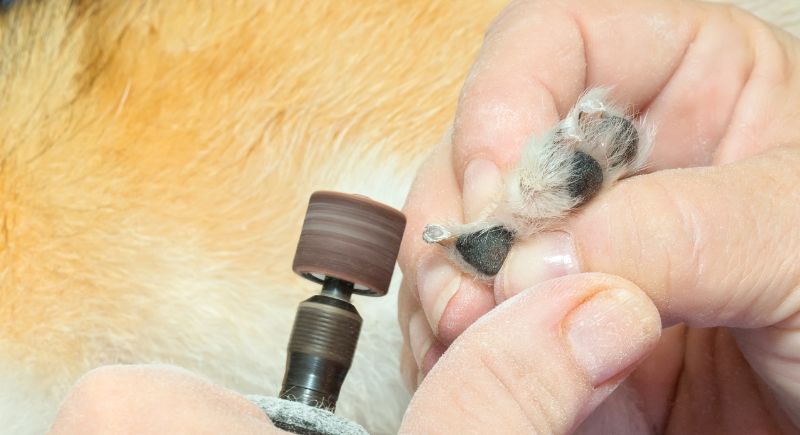
Credit: Getty Images
Even a clean cut often leaves behind a jagged edge, especially if the nail splinters slightly. That can snag or scratch, and it feels rough when they walk. A quick touch-up with a grinder or dog nail file smooths things out and avoids accidental damage to you, your furniture, or their paw pads.